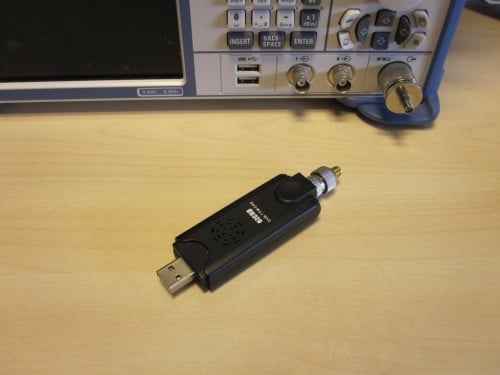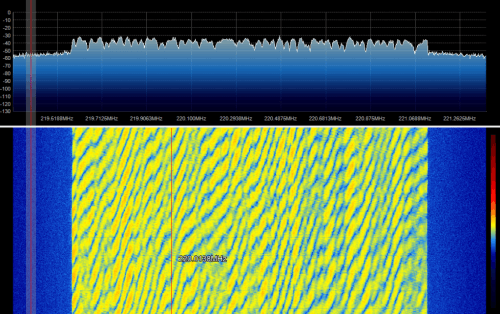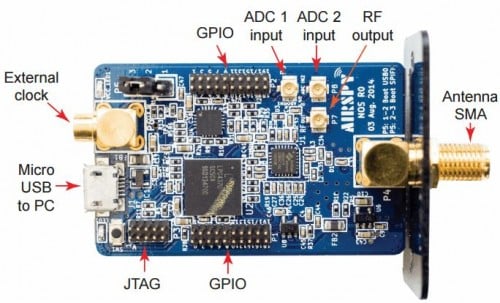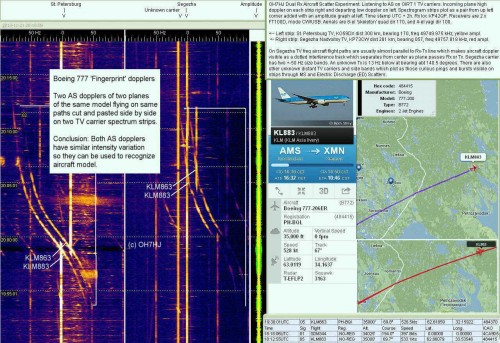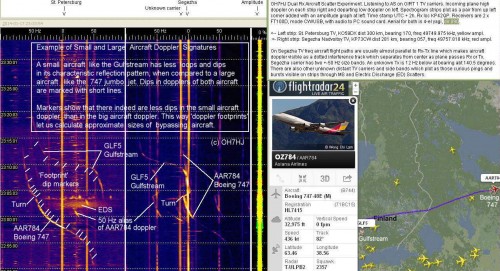Some E4000 RTL-SDR Noise Figure Measurements
Over on Avian’s blog author Tomaz has posted about some noise figure measurements he has done with an E4000 RTL-SDR dongle. To do the measurements he used a vector signal generator and used the “Y-factor” and “twice-power” measurement methods with the output measured in GNU Radio.
In his results Tomaz saw some odd peculiarities as the twice-power and Y-factor measurements disagreed, coming out with noise figure values of 17.0 dB and 13.6 dB’s respectively. He isn’t sure what could be causing this disagreement but speculates that there must be some sort of physical process within the dongle causing these differences. He was also concerned about the larger than expected noise figure values, since the E4000 datasheet specifies a noise figure of 4 dB, though he points out that these datasheet values may be best case values only.
